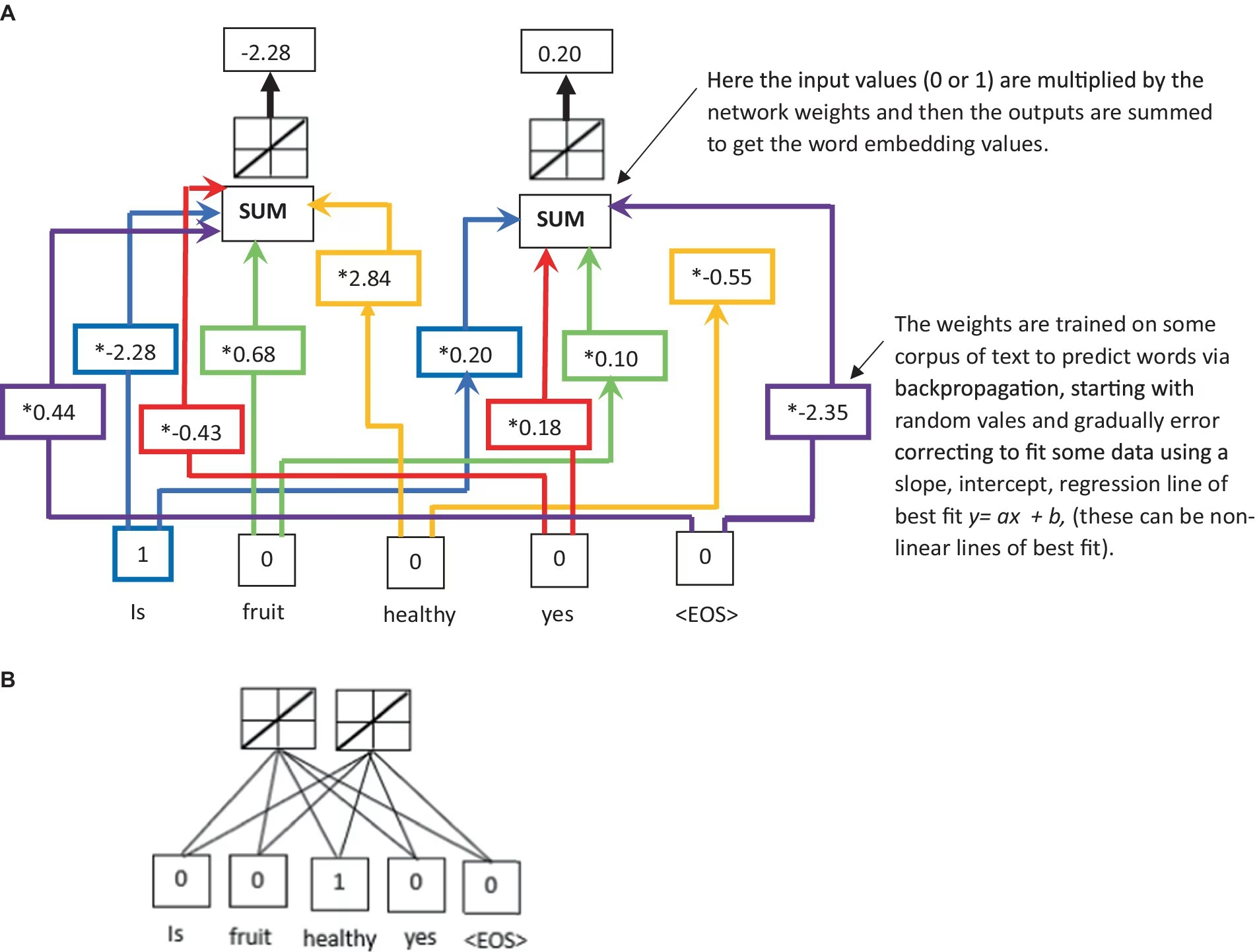
Objectives:
Periodontal diseases are chronic, inflammatory disorders that involve the destruction of supporting tissues surrounding the teeth which leads to permanent damage and substantially heightens systemic exposure. If left untreated, dental, oral, and craniofacial diseases (DOCs), especially periodontitis, can increase an individual’s risk in developing complex traits including cardiovascular diseases (CVDs). In this study, we are focused on systematically investigating causality between periodontitis with CVDs with the application of artificial intelligence (AI), machine learning (ML) algorithms, and state-of-the-art bioinformatics approaches using RNA-seq-driven gene expression data of CVD patients.
Materials and methods:
In this study, we built a cohort of CVD patients, collected their blood samples, and performed RNA-seq and gene expression analysis to generate transcriptomic profiles. We proposed a nexus of AI/ML approaches for the identification of significant biomarkers, and predictive analysis. We implemented recursive feature elimination, Pearson correlation, chi-square, and analysis of variance to detect significant biomarkers, and utilized random forest and support vector machines for predictive analysis.
Results:
Our AI/ML analyses have led us to the preliminary conclusion that GAS5, GPX1, HLA-B, and SNHG6 are the potential gene markers that can be used to explain the causal relationship between periodontitis and CVDs.
Conclusions:
CVDs are relatively common in patients with periodontal disease, and an increased risk of CVD is associated with periodontal disease independent of gender. Genetic susceptibility contributing to periodontitis and CVDs have been suggested to some extent, based on the similar degree of heritability shared between both complex diseases.
Keywords:
Artificial intelligence (AI); Cardiovascular diseases; Dental, Oral, and craniofacial diseases; Genomics; Machine learning (ML).





